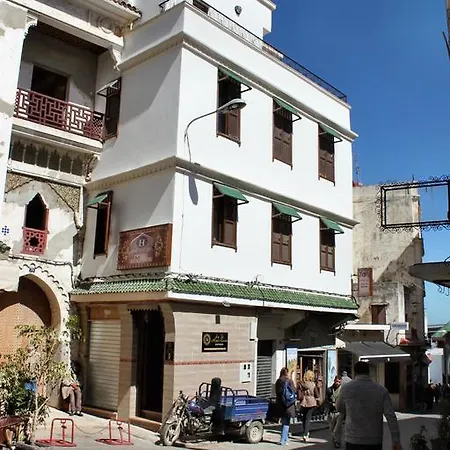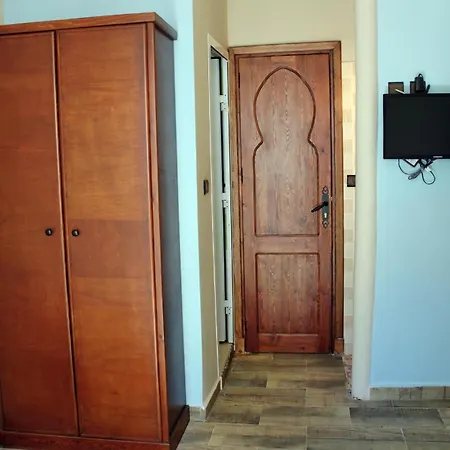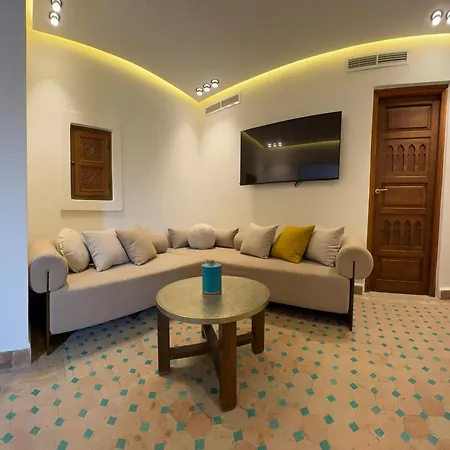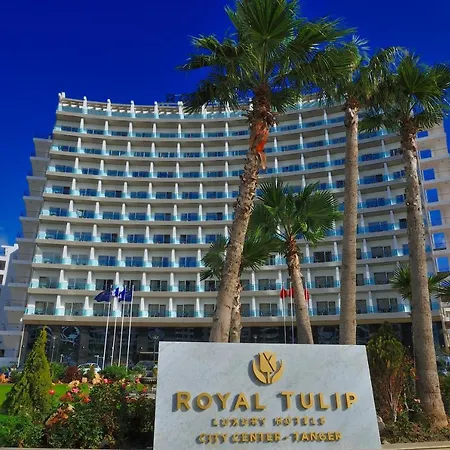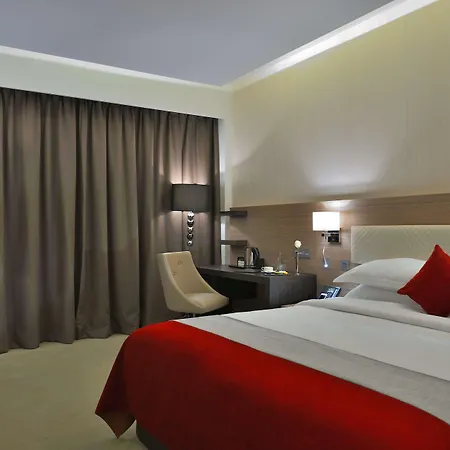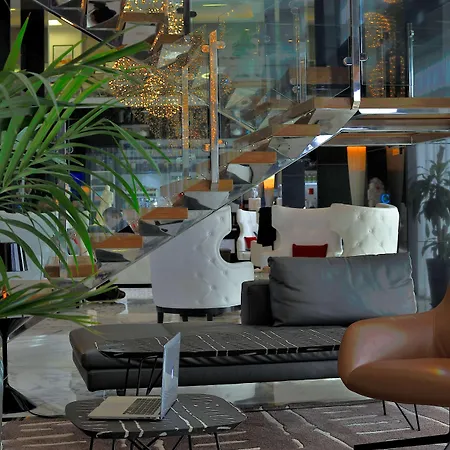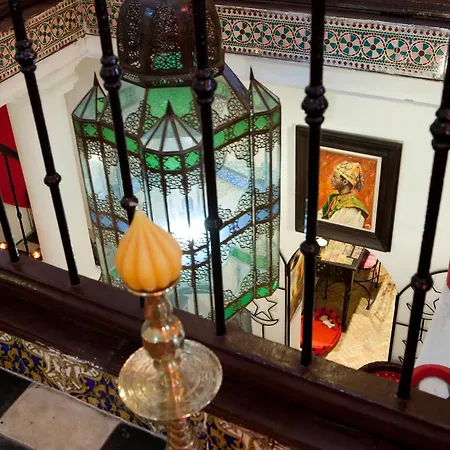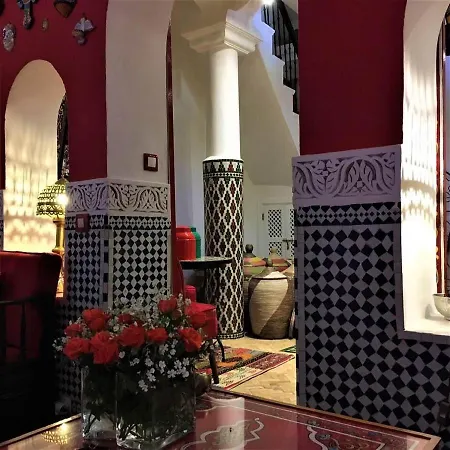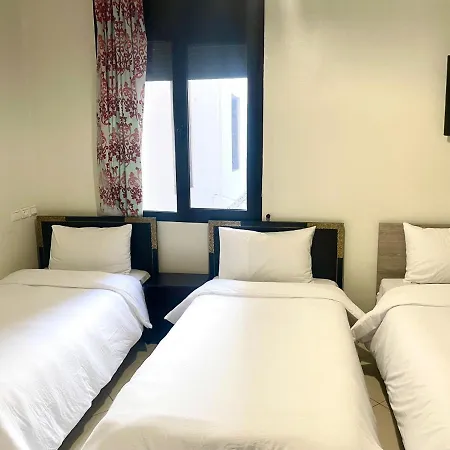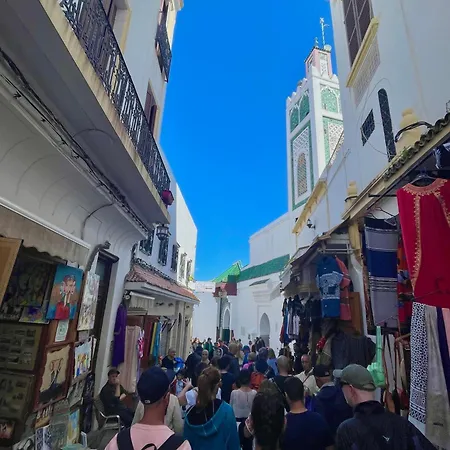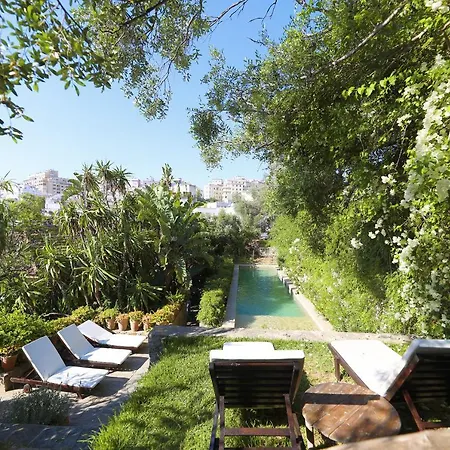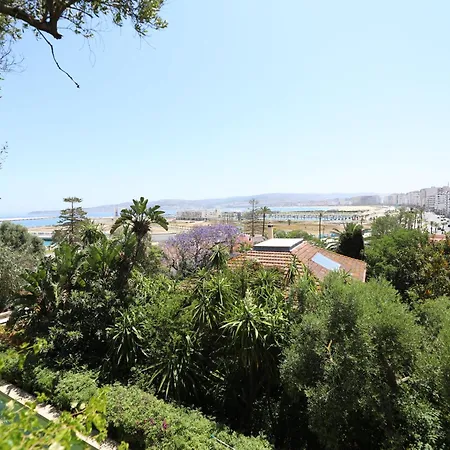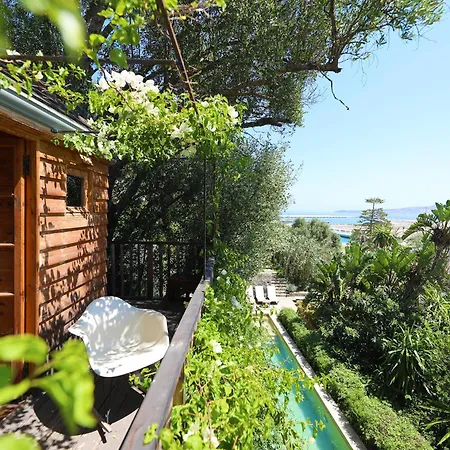Cape Malabata
Check Availability
History and Significance of Cape Malabata
The Cape Malabata Lighthouse, erected in 1864, was established by the French government to enhance maritime safety for vessels navigating the neighboring Strait of Gibraltar. Its unique architecture features a tall, white tower, standing prominently above the rocky coast.
This lighthouse not only serves an essential navigational purpose but also represents Morocco’s maritime heritage, demonstrating the interplay between nature and human innovation.
Outstanding Characteristics
🌊 Towering Presence
At 27 meters, the lighthouse is visible from afar, offering breathtaking views of the Mediterranean coast.
📜 Historical Significance
Installed to assist international shipping routes, Cape Malabata has witnessed numerous historical events in maritime navigation.
🏞️ Natural Surroundings
It is set against a backdrop of rich Mediterranean flora, making it a favorite spot for nature lovers and photographers.
Access to the lighthouse area is free, making it suitable for tourists, families, and anyone with an interest in history and the sea.
Interesting Facts about Natural History Museum Cape Malabata
Construction Year
The lighthouse was built in 1864 by the French to aid navigation through the Strait of Gibraltar.
Architectural Design
Its design features a cylindrical shape, topped with a distinct lantern.
Cultural Landmark
Cape Malabata holds significant cultural value in Moroccan maritime history.
Biodiversity Hub
The surrounding area is rich in unique Mediterranean plant species.
Location
Stay Near Cape Malabata Best Hotels
Address
View mapCap Malabata
Opening Hours
Friday:
Open 24 hours
Monday:
Open 24 hours
Saturday:
Open 24 hours
Sunday:
Open 24 hours
Thursday:
Open 24 hours
Tuesday:
Open 24 hours
Wednesday:
Open 24 hours
Contact Information
Price
Free access to the lighthouse area. Some guided tours may incur a fee.
Average Visit Duration
Duration: Approximately 1-2 hours.
Best Time to Visit
Early mornings or late afternoons provide the best views and fewer crowds.
